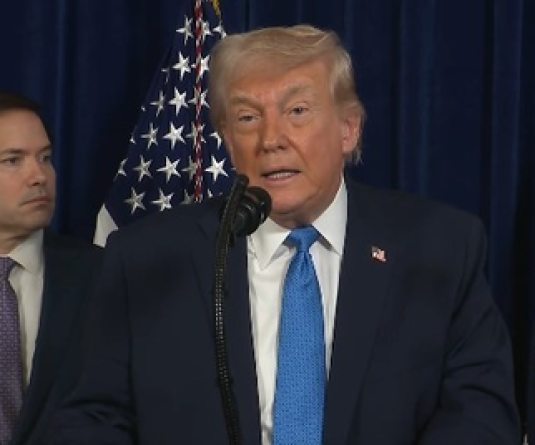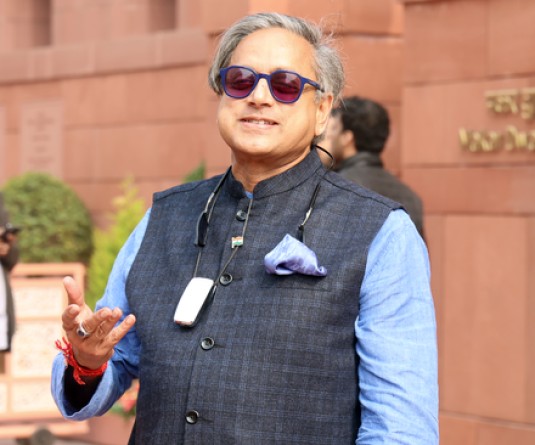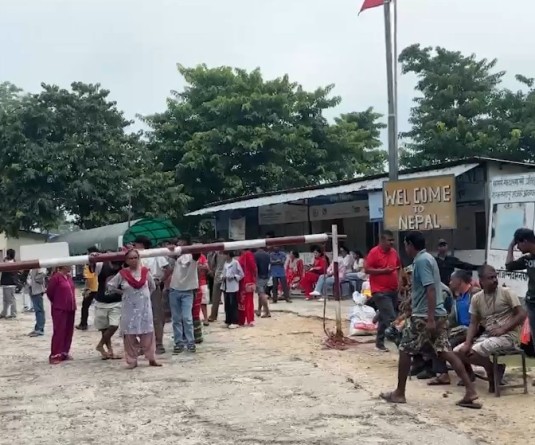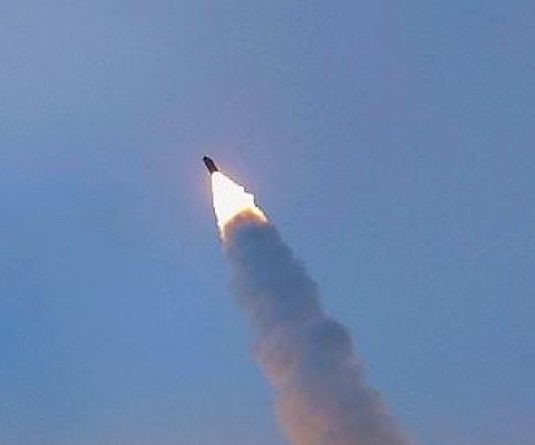A beauty product advertisement on a passing bus is seen as Thai female riot police take positions to prevent demonstrations against military rule at Victory Monument in Bangkok June 3, 2014. The military junta running Thailand has drawn up a list of emergency measures such as price caps on fuel and loan guarantees for small firms to kick-start an economy threatened by recession after months of political turmoil. (REUTERS File Photo)
BANGKOK, August 26 (Thomson Reuters Foundation): Female police officers in Southeast Asia are rarely allowed out on patrol and instead given administrative roles that hold back their careers, the United Nations and international police organization Interpol said on Wednesday.
Women account for between 6-20% of police officers in the 10-member Association of Southeast Asian Nations (ASEAN), according to a new study by Interpol, the U.N. Office on Drugs and Crime (UNODC) and U.N. Women.
But the number of policewomen in leadership roles is low, with few deployed to operational roles - such as patrolling or intelligence gathering - that are often vital for career progression in law enforcement, said the report.
The research, which interviewed almost 200 female and male police officers across the region, found that women would like more operational experience but feel they are not typically encouraged to do so.
"To counter crimes which this region is prioritising, governments need intelligence," UNODC regional representative Jeremy Douglas said at a Bangkok event to launch the report.
"Women often have the pulse of their communities and know more about local and even broader conditions than men," he told the Thomson Reuters Foundation.
According to the study, most Southeast Asian countries have quotas in place for hiring women police officers or targets for improving female recruitment, typically between 10% and 30%.
But such quotas are often used as a ceiling for regulating women's access to the profession, acting as a limit to how many female officers can be recruited in any given year.
Indonesia has the lowest percentage of female officers in law enforcement agencies at 6%, while Laos has the highest at 20%, the report said.
It also found that when deployed to operational roles, women officers build trust with communities, improve responses to sexual and gender-based crimes, and de-escalate tense situations.
"We are not going to reach a space where you have the full trust of communities if we do not look into gender diversity," said Mohammad Naciri, U.N. Women's director for Asia and the Pacific.






